A lot of brands are considering jumping on a new marketing opportunity right now with the debut of Instagram’s new text platform, Threads. One reason Threads is an appealing rival to Twitter, or X as it is now known, is that it offers advertisers much clearer brand safety and community guidelines.
As new social media platforms like Threads pop up, marketers have to consider whether they are a viable option for connecting with new or different audiences. But before jumping on the newest trendy app, you need to consider the opportunities and risks of posting and advertising there and what launching on that platform could mean to your audience
You should always keep your brand’s reputation in mind when you’re taking action online, whether that’s leaping to a new platform or taking the risk of running ads on Twitter. With the right brand safety strategy, you can ensure your ads and brand messaging appear in environments that match your brand values, maintaining a positive company image and building trust with your customers.
The best defense is a good offense: building brand safety into your strategy
When we talk about brand safety on social media, we’re usually thinking about the measures marketers take to protect the company from bad press or negative comments. That’s one part of it, but brand safety considerations also apply to new marketing opportunities to attract or retain customers and enhance ad performance.
Consumers are increasingly conscious of what the brands they engage with stand for, and they expect the companies they buy from to align with their ethics and values.
Consumers are more likely to support brands they perceive as safe and responsible, so it’s in your best interest to avoid ad placements that could be paired with controversial or offensive content that may offend or alienate customers. Prioritizing brand safety can help you protect your existing customer base and keep strong relationships with your audience by fostering trust and loyalty.
Placing ads in brand-safe environments can also make your advertising campaigns more effective by ensuring your audience sees your ads the way you planned rather than next to distracting or inappropriate content. Making sure your message is appearing in the right context can lead to higher engagement, click-through rates, and conversions. Ads appearing in safe environments are also less likely to be blocked or ignored.
Deploying safety measures also reduces the likelihood that your ads will appear in fraudulent or non-viewable placements. With better ad viewability metrics, you can get more accurate and reliable data on ad performance. Increased viewability translates into better ROI and more efficient ad spend.
An uphill battle: safeguarding brand health
Brand safety is an essential part of any advertising strategy, but maintaining a safe online presence has gotten harder. With more and more concerns emerging about problematic content online, marketers are struggling to strike the right balance between maximizing visibility and minimizing risk.
Factor in a massive online environment full of constantly changing user-generated content, and it’s a tough time to protect your brand.
Online misinformation poses one major threat to brand safety. To avoid being associated with false or misleading information that may harm your brand’s credibility, you need to identify and avoid placements on platforms known for spreading misinformation. While every social media platform has this problem to a certain degree, platforms that lack strong community guidelines or keep an open platform with no moderation put advertisers at a higher risk.
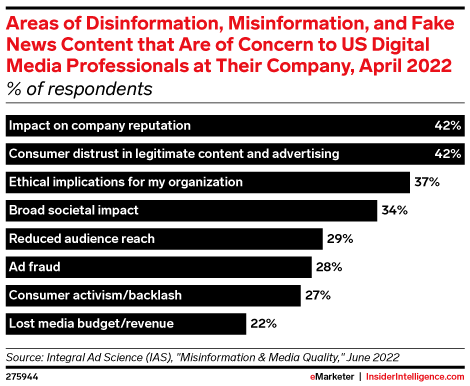
Source: eMarketer
While social media platforms are increasingly allowing brands to control where their ads are placed, brands may lack full control over where their ads appear. It can be challenging to ensure that ads are shown in relevant and brand-safe environments, and appearing alongside inappropriate or irrelevant content is always a concern.
Every brand will have a different appetite for risk, so you’ll need to evaluate each platform based on your brand’s specific needs. It’s also not a one-and-done game: a platform that passes the sniff test now may change over time, so pay attention to what’s changing when assessing the potential for problems.
The beat goes on: implementing ongoing brand safety measures
The good news is that most major social media platforms understand the importance of brand safety for advertisers and have their own strategies in place to protect the companies placing ads on their platforms. But there are also steps you can take to make sure your brand’s online image is as protected as possible:
Advanced ad placement technologies: Sophisticated ad placement tools let you use AI and machine learning algorithms to analyze content and context, making sure your ads only appear in appropriate and relevant environments. These technologies can help minimize the risk of ad misplacement on websites, platforms, or alongside content that could be damaging to the brand. This year, Meta added brand safety controls for feed ads on Facebook and Instagram.
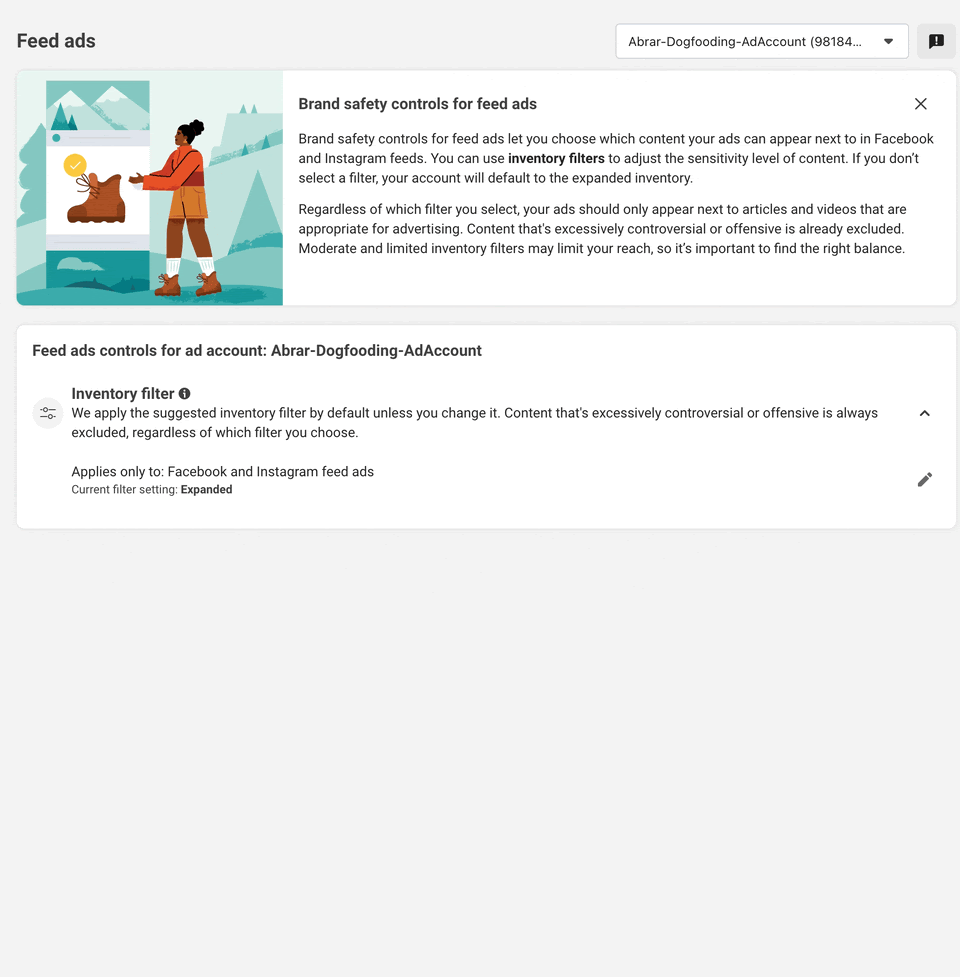
Source: Meta
Brand safety and suitability partnerships: Collaborating with brand safety partners and industry organizations like the Interactive Advertising Bureau is a great way to get access to best practices, guidelines, and tools to protect your advertising campaigns and content from potential risks. You should also get to know the partners of the social media platforms you advertise on: many of them take their own brand safety measures and may have capabilities you can leverage for your brand.
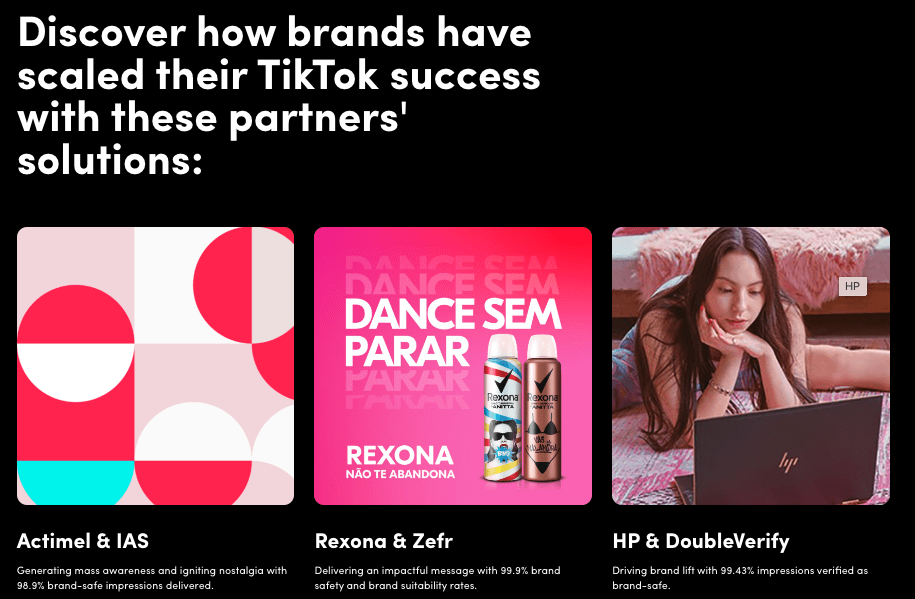
Source: TikTok
Proactive monitoring and reporting: You can’t always keep brand safety issues from happening, but implementing robust monitoring systems can help you identify and address problems in real time. By promptly detecting and addressing any instances of ad misplacement, inappropriate content associations, or fraudulent activities, you can avoid damage to your brand’s reputation and maintain a positive brand image. Most social media management companies offer social listening tools you can set up to keep an eye on potential issues.
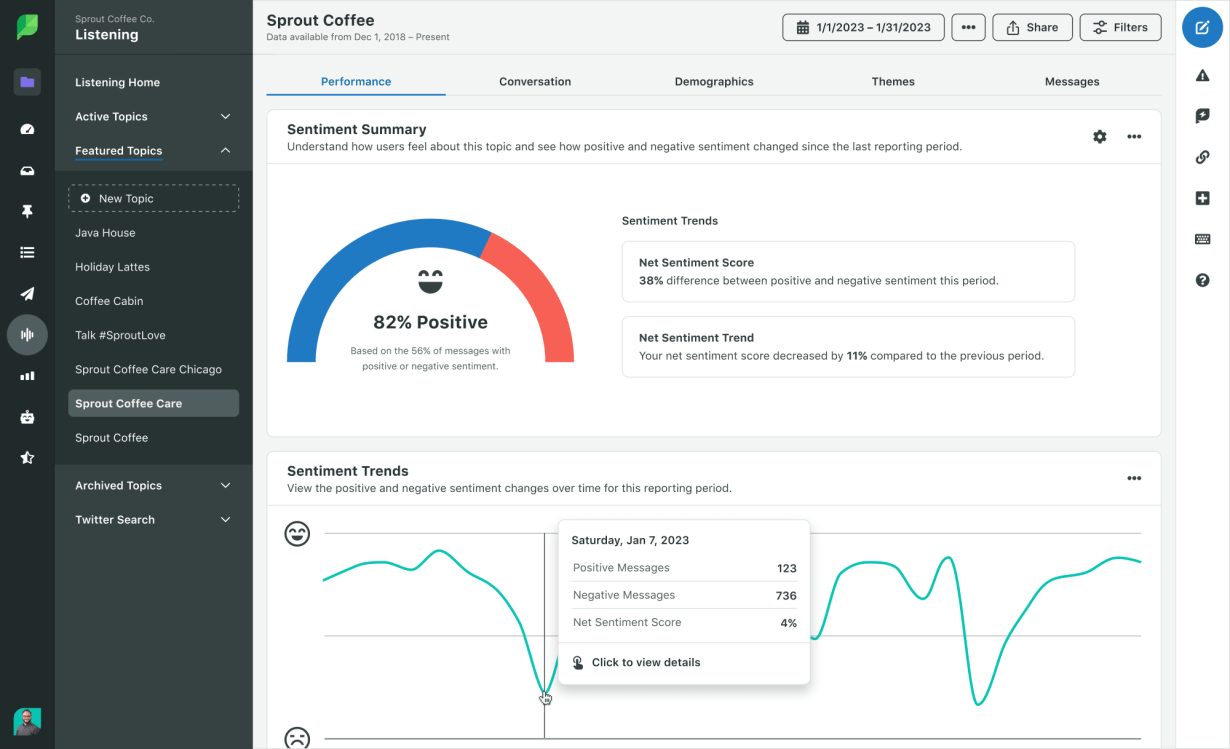
Source: Sprout Social
Brand safety audits and education: Conducting regular brand safety audits to evaluate existing strategies and identify areas for improvement is crucial for any brand. By staying up-to-date with industry trends, guidelines, and best practices, you can keep your teams in the know about emerging risks and opportunities in the brand safety landscape.
Although dealing with brand safety concerns on different social platforms can be frustrating for marketers, embracing brand safety can help brands avoid risks, protect their reputation, and build stronger connections with audiences, all of which lead to better advertising overall.

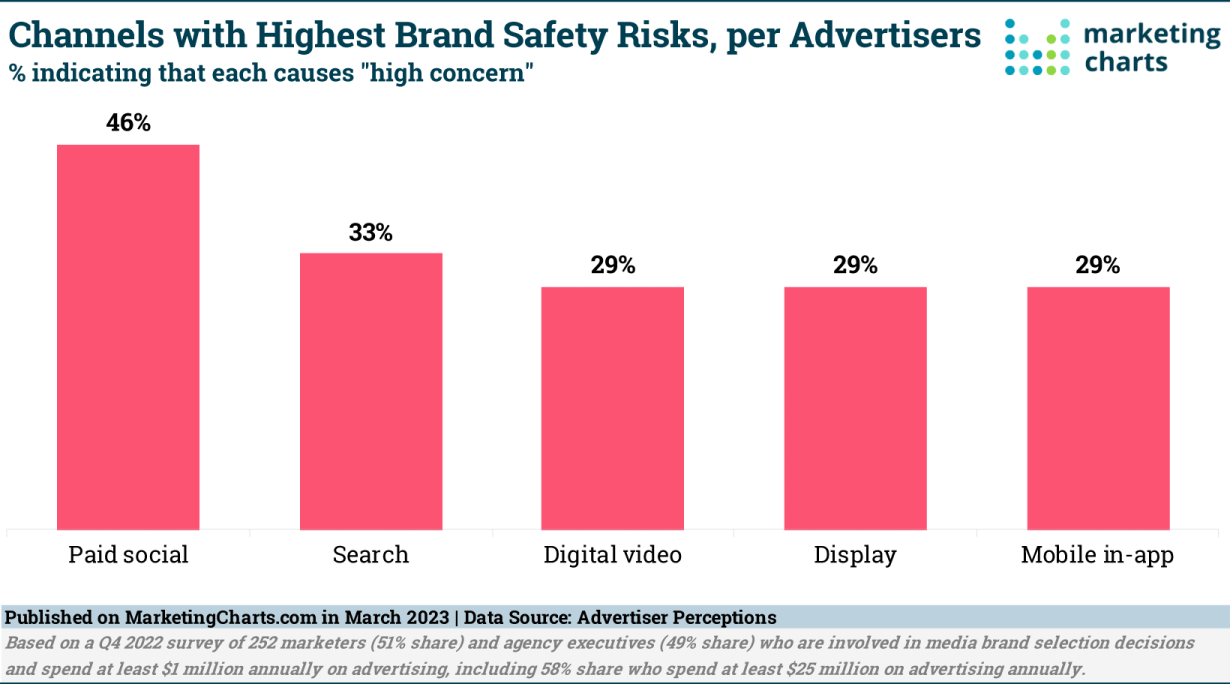
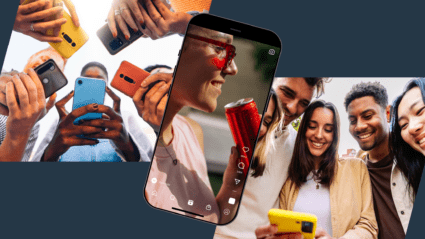




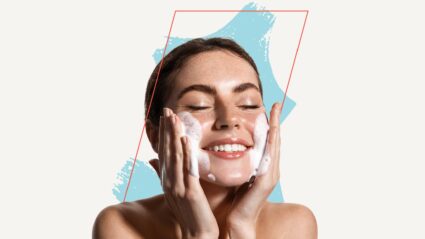
Responses